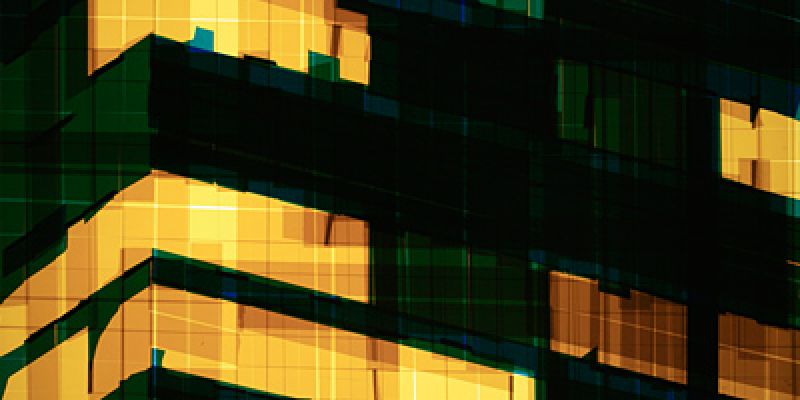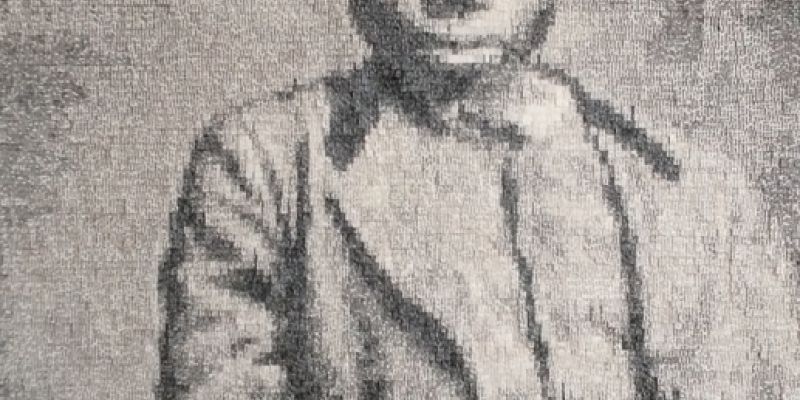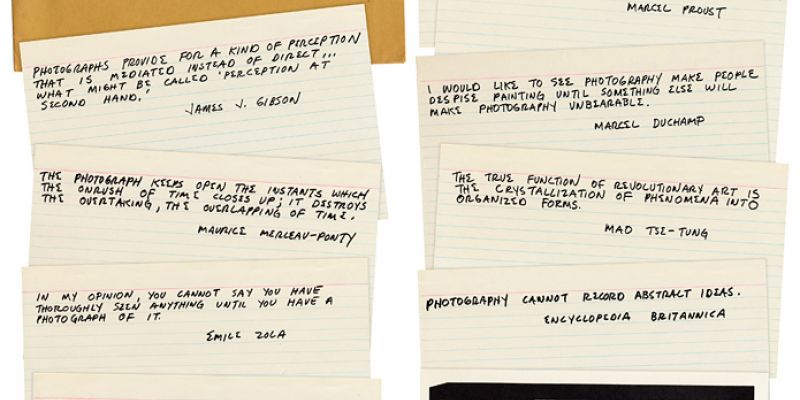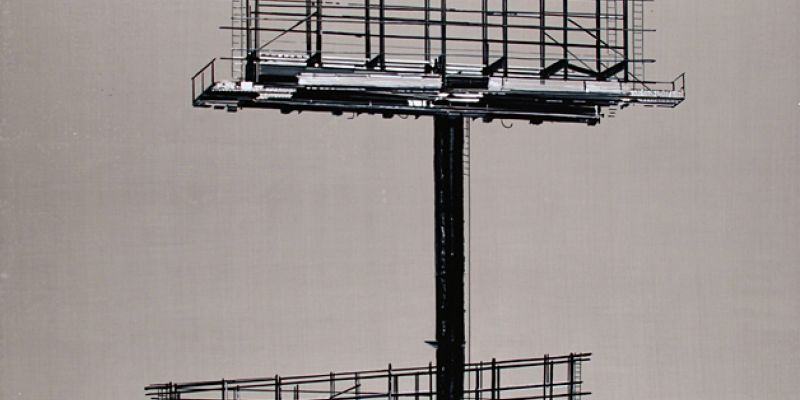Review: Here and Now/There and Then: I am a Lie and I am Gold at Yossi Milo Gallery
I love photographs. I love them because of how they allow you to travel through their surface to another time and place. Authors have filled countless pages to celebrate, theorize, and challenge the notion of photographic transparency, or the way the medium directly links the ‘here and now’ of the viewer to the ‘there and then’ of the subject. In other words, the indexical medium makes use of the interactions of light with chemicals – or, more recently, digital sensors – to re-present a subject for viewers to see or to experience.
So what would an exhibition about photography be like without the inclusion of a single photograph? This is the question that I am a Lie and I am Gold, curated by Marco Breuer at the Yossi Milo Gallery, sets out to examine. Taking its title from Amanda Lear’s song “I Am a Photograph,” the exhibition engages with photography as a “principle” and includes drawings, paintings, prints, sculptures, and mixed media works by twenty-five artists, but no photographs.
Some of the artworks offer photography-like experiences through the vitality of the surface of their images. Mark Khaisman’s light-box Tape Noir Glimpse 47 (2012) radiates light through layered yellow, green, and blue tape to create what looks like a glass-box office building at night. Nathalie Boutté’s Kalulu (2015) is a collage of typed letters on small pieces of fringed paper. The text provokes the sensation of a grainy photograph; the image disperses into text when viewed up close, but from further away the disparate words form the nineteenth-century boy Kalulu’s figure. (Unfortunately, Kalulu hangs in the middle of the wall, and a concrete pole prevents you from viewing the work straight-on from across the room.) Frank Selby’s overlaid graphite drawings, which repeat naturalistic compositions within a single frame, activate the image and connect the viewer to the here and now of the drawing as well as the there and then of the seemingly past moment represented.
The other works in the exhibition relate obviously to photography, as well. Mel Bochner’s Misunderstandings (A Theory of Photography) (1967-70) displays hand-written quotations about the medium in a glass case. Looking inside of Julianne Swartz’s In-fill-trate (2004), a series of curved tubes with mirrors, allows you to see the side of your own head or whoever else stands in front of the wall piece. The meandering and mirror-led reflections of Swartz’s piece mimic the way mirrors and lenses of the camera disorients you until you become acclimated to the vantage point of looking through the device. The remaining artworks on display make similar references to seeing, the photographic, and the history of the medium.
As Amanda Lear sings, “I am a photograph/ I’m better than the real thing.” But can this exhibition claim to create the same “gold” as a photograph? While viewing this exhibition, I frequently oscillated between frustration and disappointment. The exhibit posed many, many questions about the unwieldy medium of photography, so it is almost inevitable that a show with this theme would be both too theoretically broad and too thin on the ground. I found myself most interested in works like Khaisman’s, Boutté’s, and Selby’s because they give rise to the sensation of viewing photographically. But this same photographic magic does not translate through many of the other works on display; what they offer is not better than “the real thing” of photographic experience. That said, even though many of the works do not allow for the travel through time and space, they still confirm what it is that makes me love photographs. And I still love photographs.
– Corey Dzenko

Corey Dzenko earned her Ph.D. in the History of Photography from the University of New Mexico. Her research interests include the intersections of photography, performance, and new media; art as an agent of social change; and the ideologies of identity. She has presented in numerous national and international conferences and has published in sources including Men and Masculinities and Afterimage: The Journal of Media and Cultural Criticism. In 2014 she was a Visiting Fellow at the University of Nottingham. Currently, she serves as an Assistant Professor of Art History at Monmouth University in New Jersey.




